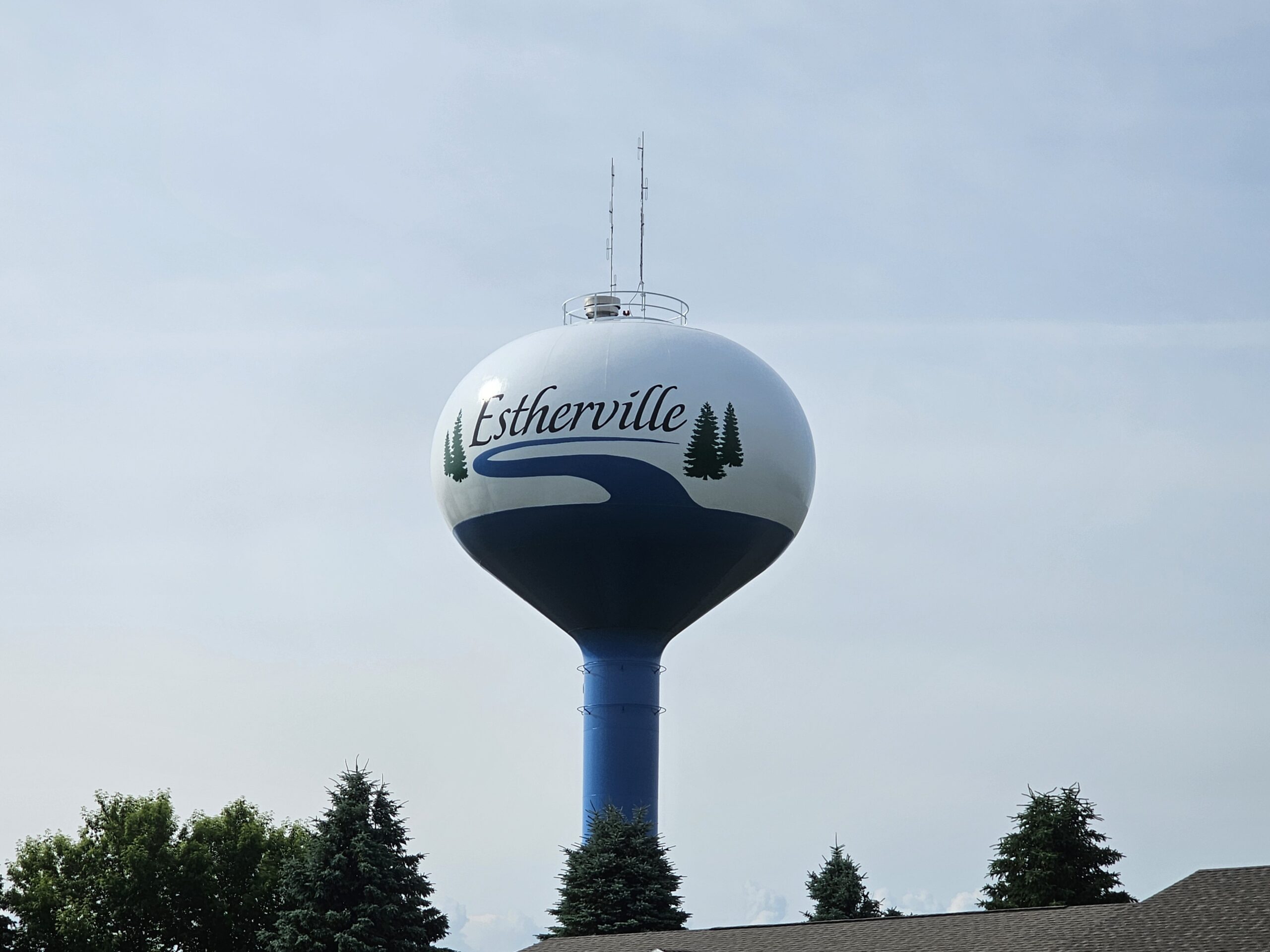(Orleans)—While most of the work has been completed and the structure has been functional since mid-February, the electronic fish barrier that’s been installed at the Lower Outlet has not yet been turned on, other than for testing purposes. The barrier was installed last fall and winter as a method of hopefully preventing any additional asian carp from getting into the Iowa Great Lakes.
The fact the fish barrier isn’t yet in operation is making some in the lakes area nervous now that extensive flooding is taking place downstream on the Little Sioux River. Mike Hawkins, a fisheries biologist with the Iowa Department of Natural Resources, says his office is responsible for operation of the barrier. He tells KUOO news they’re closely monitoring the situation and that if they feel conditions warrant, they may energize the barrier as early as this (Wed.) evening…(click here for comment.) “Well we’re definitely under the gun and this is the situation that the fish barrier is designed for. We’ve got flooding downstream that could potentially allow asian carp again to move upstream and so what we’re seeing right now is the lakes have come up from an 18 inch low. They were 18 inches below crest this last winter. They’re now about two inches or so above crest. So there is water going over the deck of the fish barrier. We’ve been monitoring it very closely, almost hourly, just to kind of watch and see what’s happening with the fish. We have a few fish on the upstream side that are attracted to that current and once in awhile are kind of getting swept over the barrier. There are fish downstream but at this point they’re not able to make it over. The barrier is designed to prevent fish from migrating even without electricity up to a certain point and at a point that will maybe occur in the next couple of days if we get some rainfall we’ll be turning it on. So we’re right at the tipping point where we’re going to begin to need it to stop that upstream migration of fish.”
Hawkins says that as of right now, a bench mark as to when the system should actually be turned on hasn’t been set yet…(click here for comment.) “That point is yet to be determined. We’re learning as we go here on what fish are able to do because it is a new structure and there’s things to learn on it. We’re kind of finding out what that point is. I’m guessing another inch or inch and-a-half in water level rise and we’ll be turning the system on, and then it would stay on until the water would recede back down. We have done some tests on it. In fact I did a test, a remote start up, just a day or so ago and we were very effective at moving fish away from the barrier on the top, on the upstream side. Everything looks to be ready to go and it looks like it’s going to be quite effective.”
Meanwhile, Hawkins says additional carp have been spotted in the area…(click here for comment.) “We have seen asian carp below the Iowa Great Lakes dam. This spring we had some bow-shot asian carp that were there. I think they may have been trapped. there over last winter. It just really adds to the validity that those fish are present and it looks like we’re going to be living with them in the long term, and these flood events just continue to bring fish upstream or allow them to come upstream, so…”
On a positive note, Hawkins says he does feel much more comfortable than he did a year ago knowing the fish barrier is ready to go.




















